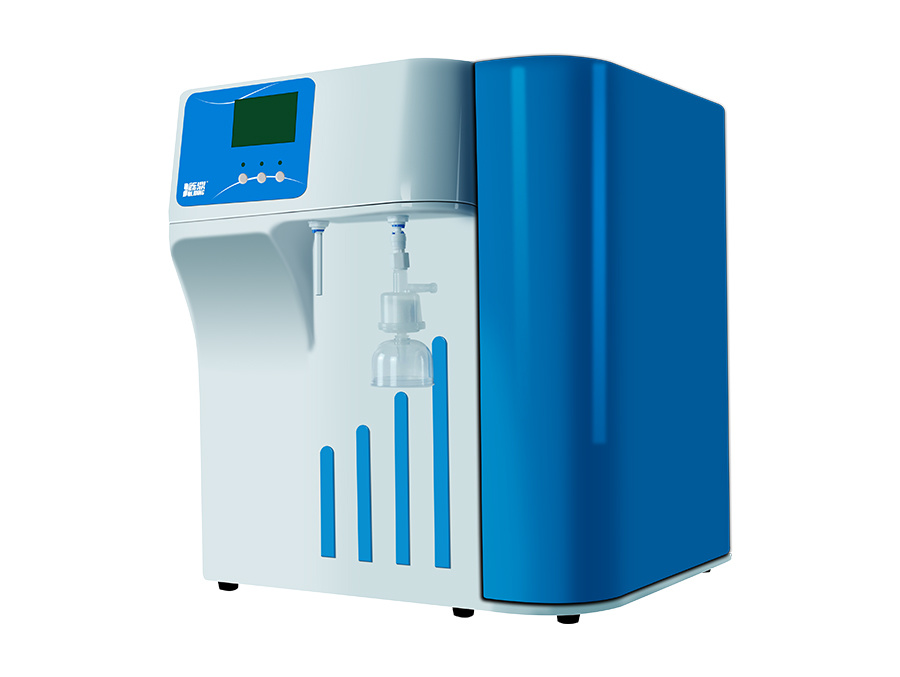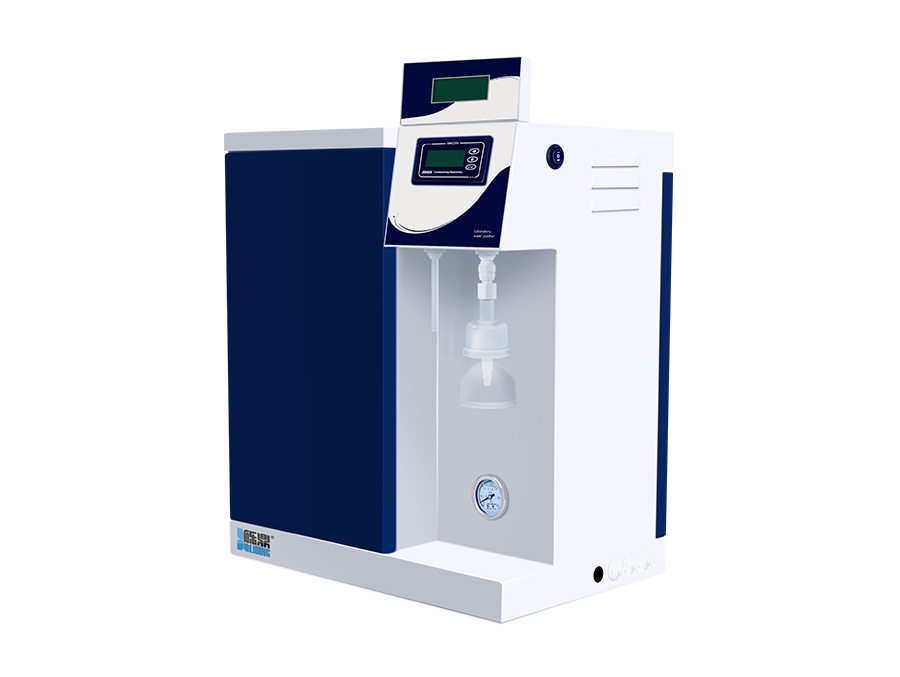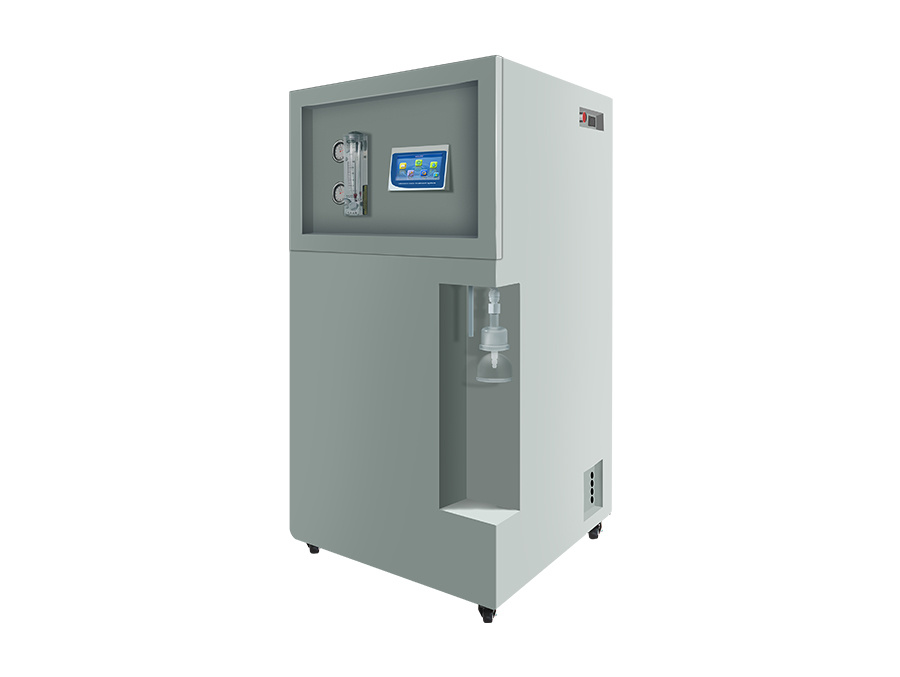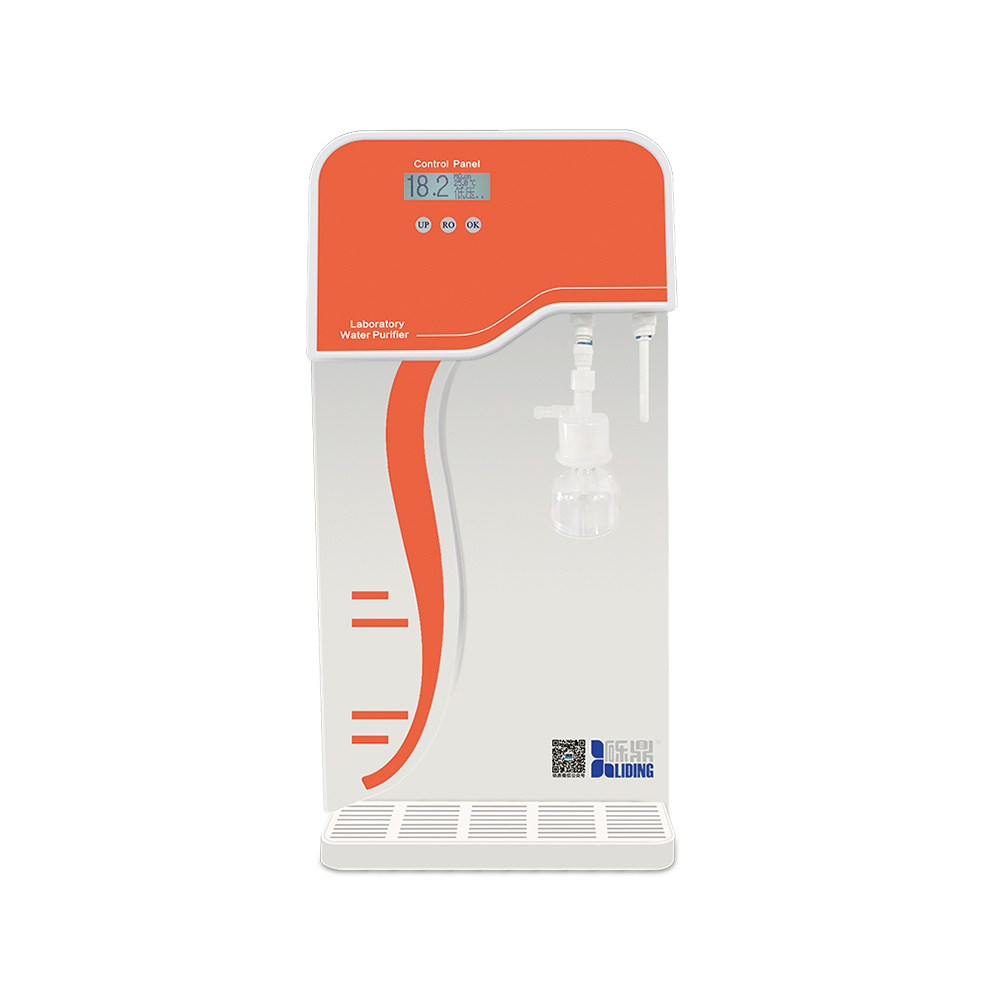Understanding the Process of Ultra Pure Water Treatment: A Comprehensive Guide
Time:
Jul 27,2025
Understanding the Process of Ultra Pure Water Treatment: A Comprehensive Guide
In today's industrial landscape, the demand for high-purity water is ever-increasing. Industries ranging from pharmaceuticals to microelectronics rely on ultra-pure water (UPW) to maintain their operational integrity and product quality. In this comprehensive guide, we will explore the intricate processes involved in ultra-pure water treatment, shedding light on its importance, technologies, and future trends.
Table of Contents
- What Is Ultra Pure Water?
- Importance of Ultra Pure Water in Industries
- The Ultra Pure Water Treatment Process
- Key Technologies in Ultra Pure Water Treatment
- Common Water Purification Methods
- Environmental Impact and Sustainability
- Future Trends in Ultra Pure Water Treatment
- Frequently Asked Questions (FAQs)
- Conclusion
What Is Ultra Pure Water?
Ultra-pure water (UPW) is water that has been treated to remove virtually all contaminants, including dissolved minerals, organic compounds, and microorganisms. The purity level of UPW is typically measured in terms of resistivity, with values exceeding 18.2 megohm-cm at 25 °C being considered ultra-pure. This level of purity is essential for applications that require precision and reliability in chemical processes.
The Characteristics of Ultra Pure Water
The primary characteristics of ultra-pure water include:
- High Resistivity: Essential for preventing contamination in sensitive processes.
- Low Total Organic Carbon (TOC): Indicates the absence of organic contaminants.
- Minimal Particulate Matter: Prevents clogging and wear in manufacturing equipment.
Importance of Ultra Pure Water in Industries
Ultra-pure water plays a critical role in several industries:
1. Pharmaceutical Industry
In the pharmaceutical sector, UPW is used in the formulation of medications, cleaning of equipment, and production of injectable solutions. The presence of impurities can jeopardize drug safety and efficacy.
2. Microelectronics
In the manufacturing of microchips and semiconductors, UPW is crucial for rinsing and cleaning. Contaminants can affect the performance and reliability of electronic components.
3. Power Generation
Power plants utilize ultra-pure water for steam generation and cooling systems. Impurities can lead to corrosion and scaling, adversely affecting efficiency and lifespan.
4. Food and Beverage Industry
In food processing, UPW ensures the safety and quality of products by minimizing microbial contamination, playing a pivotal role in maintaining hygiene standards.
The Ultra Pure Water Treatment Process
The treatment of ultra-pure water involves several stages that work in concert to achieve the desired purity level. The general process can be divided into initial treatment, polishing, and final testing.
1. Initial Treatment
This stage begins with the removal of larger particles and contaminants. Common methods include:
- Coagulation and Flocculation: Chemicals are added to bind particles together for easier removal.
- Filtration: Physical barriers such as sand filters remove suspended solids.
- Reverse Osmosis (RO): A semi-permeable membrane removes dissolved substances from water.
2. Polishing Stage
During the polishing stage, additional processes are employed to enhance water purity further:
- Deionization: Ion exchange resins remove ionic contaminants.
- Ultraviolet (UV) Treatment: UV light eliminates microbial contaminants.
- Electrodeionization (EDI): Combines ion exchange and electrochemistry for high-purity water production.
3. Final Testing and Quality Assurance
Once the water has undergone treatment, rigorous testing is conducted to confirm its purity. Tests typically include:
- Conductivity and resistivity measurements
- Total organic carbon (TOC) testing
- Microbial analysis
Key Technologies in Ultra Pure Water Treatment
Advanced technologies have revolutionized the ultra-pure water treatment landscape, enhancing efficiency and efficacy. Some key technologies include:
1. Reverse Osmosis (RO)
RO is a widely used technology that pushes water through a semi-permeable membrane, effectively removing a significant percentage of impurities and contaminants.
2. Ion Exchange
This method exchanges undesirable ions in the water with less harmful ions, achieving a higher purity level. Ion exchange systems are often used in conjunction with other purification technologies.
3. Ultrafiltration (UF)
UF is used to remove larger particles and microorganisms from water, acting as a barrier to ensure only pure water passes through.
4. Electrodeionization (EDI)
EDI combines ion exchange and electrochemistry to generate high-quality water continuously, making it a popular choice for ultra-pure water applications.
Common Water Purification Methods
There are several methods employed in water purification, each with its advantages and limitations. Understanding these methods is crucial for selecting the right technology for specific applications.
1. Membrane Technologies
Membrane-based processes, such as RO and UF, are popular due to their effectiveness in removing a broad range of contaminants. However, they may require frequent maintenance and replacement of membranes.
2. Chemical Treatment
Chemicals are often added to facilitate coagulation and disinfection. While effective, the residual chemicals must be carefully managed to avoid contamination.
3. Physical Treatment Methods
Physical processes like sedimentation and filtration rely on gravity and physical barriers to remove impurities. These methods are often cost-effective but may not achieve the desired purity levels alone.
Environmental Impact and Sustainability
While ultra-pure water treatment is essential for various industries, it is vital to consider its environmental impact. Efficient water treatment practices can help reduce waste and conserve resources.
1. Water Reuse and Recycling
Implementing water reuse strategies can significantly reduce the overall demand for fresh water. By treating and reusing wastewater, industries can minimize their environmental footprint.
2. Energy Efficiency
Investing in energy-efficient technologies not only reduces operating costs but also mitigates the environmental impact associated with water treatment processes. Innovations such as solar-powered systems are gaining traction.
3. Sustainable Sourcing of Materials
Using sustainable materials for treatment systems and components can help decrease reliance on non-renewable resources, promoting a greener approach to water purification.
Future Trends in Ultra Pure Water Treatment
The field of ultra-pure water treatment is continuously evolving, driven by technological advancements and changing industry demands. Several trends are emerging:
1. Integration of AI and IoT
Artificial intelligence (AI) and the Internet of Things (IoT) are set to revolutionize water treatment systems through enhanced monitoring, predictive maintenance, and optimization of purification processes.
2. Advanced Membrane Technologies
Research is ongoing to develop more efficient membranes that can operate at lower pressures and have a longer lifespan, ultimately reducing operational costs.
3. Increased Emphasis on Sustainability
The push for environmentally friendly practices will lead to an increase in water recycling, energy-efficient technologies, and sustainable sourcing of materials in ultra-pure water systems.
Frequently Asked Questions (FAQs)
1. What makes ultra-pure water different from regular distilled water?
Ultra-pure water has a higher level of purity, typically with resistivity greater than 18.2 megohm-cm, while distilled water may still contain some impurities and organic matter.
2. Why is ultra-pure water critical in pharmaceutical manufacturing?
Ultra-pure water is crucial in pharmaceutical manufacturing as it ensures the safety, efficacy, and quality of drugs by minimizing contamination risks.
3. How often should ultra-pure water systems be tested?
Ultra-pure water systems should be tested regularly, generally every month, to ensure compliance with industry standards and maintain water quality.
4. Can ultra-pure water be reused?
Yes, with proper treatment and purification, ultra-pure water can be reused in various applications, significantly reducing overall water consumption.
5. What are the main challenges in ultra-pure water treatment?
Challenges include managing operational costs, maintaining system efficiency, and addressing environmental concerns related to water usage and waste.
Conclusion
Understanding the process of ultra-pure water treatment is essential for industries that require high-quality water for their operations. By exploring the various stages of treatment, key technologies, and future trends, we equip ourselves with the knowledge to navigate this critical aspect of industrial water management. As the demand for ultra-pure water continues to grow, embracing innovation and sustainability will be vital in ensuring the efficient and responsible use of our water resources.
RELATED NEWS








